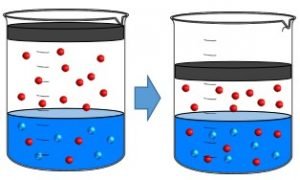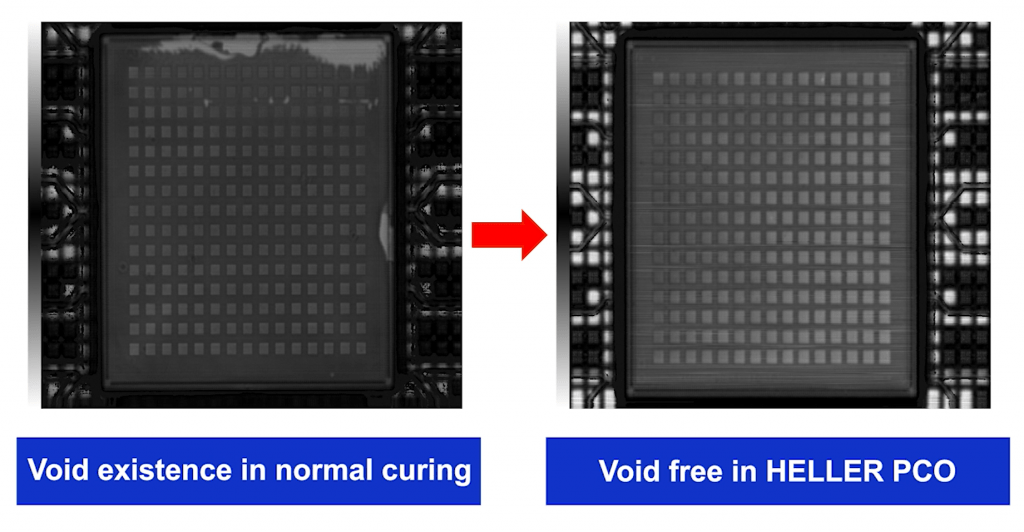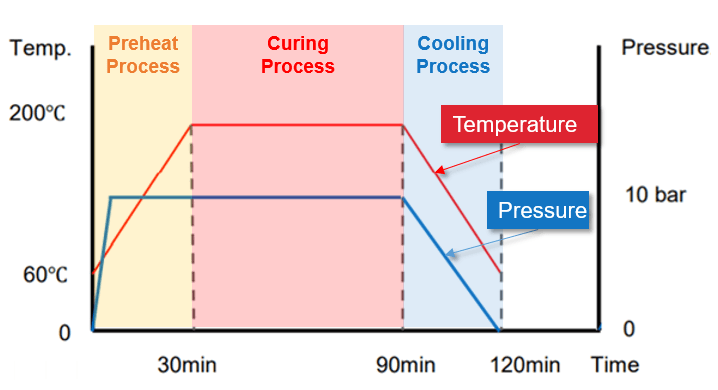Void Free Curing with Pressure
Today’s increasing durability and reliability standards are making void free curing a necessity.
Issues Caused by Voids
- Reduced adhesion of device to substrate
- Reduced thermal performance
- Electrical failures from “solder creep”
- Lower reliability & shorter lifetime
As pressure is increased, more gas molecules are able to dissolve (Henry’s Law)
- Henry’s Law – The amount of dissolved gas in a liquid is proportional to its partial pressure above the liquid.
- Increasing pressure during the curing process removes voids.
Bubbles in UF dissolve as pressure is increased.
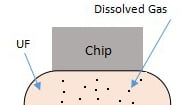
Board
Residual gas bubbles in the curing medium are dissolved as pressure increases.
Dissolved Gas Spreads Out Through Diffusion.
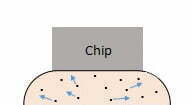
Board
The dissolved gas spreads throughout medium by diffusion. When it reaches the edge it escapes through outgassing.
Dissolved gas escapes at the edges through outgassing.
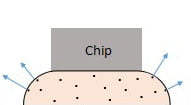
Board
Eventually all residual gas is removed, leaving the curing medium void free.
Pressure Curing Oven Process
- A Pressure Cure Oven (PCO), or Autoclave, is used to minimize voiding and increase adhesion strength for a variety of bonding and curing application.
- A PCO pressurizes a rigid chamber with air or Nitrogen and maintains a pressure profile during the curing cycle as defined by the recipe.
- Convection heaters and heat exchangers maintain a recipe-defined thermal profile during the entire curing cycle.
A typical PCO temperature and Pressure profile.
Typical PCO Applications
- Die Attach Curing
- Underfill Curing
- Ag Sintering Cure
- MEMS Sealing
- Taping / Lamination
- PCB Via Fill
- Encapsulation Curing
- Composite Forming
